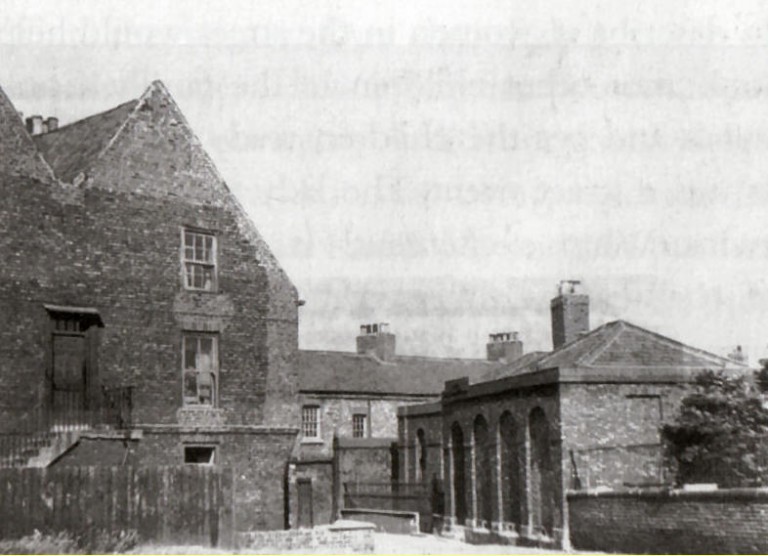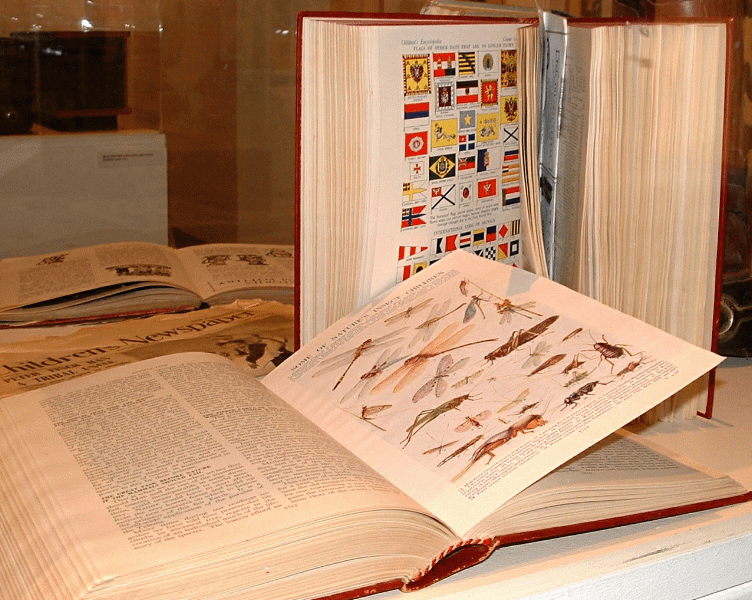Nora Lumb (b.1912) Education and Schooling Blog: Part 1
“I started school when I was four years old.” (Lumb, pg. 5)

Nora Lumb, a working-class citizen born in 1912. Through her 12-page autobiographical entry, she often speaks of her education and schooling and how her social class held her back in that aspect of her life. This is a prominent topic in her autobiography, so to understand fully the education of the time and her experiences, this will be part one of a two-piece blog post.

Nora provides an overview of how the school system worked during her time there, “In the next class sand trays were replaced by slates and squeaky slate pencils and as one progressed up the school slates gave way to real paper.” (Lumb, pg. 5). This introduction to how education was then compared to now has already given the audience a clear insight to Nora’s education and how she was taught. In Education and Economic Decline in Britain, 1870 to the 1990’s, Sanderson shows that although the education system was improving, there were still many factors that needed to be revised such as when children can legally leave school and fees for grammar school, (Sanderson, 1991). T
Nora begins her recollection of schooling and education as, “Schooldays passed happily enough.” (Lumb, pg. 12). This instant positive remembrance of education paints an already optimistic image for the audience of her memoir, although, it did not come without struggle. Because of Nora’s family’s social standing in society, she was unable to afford to attend her local grammar school without a scholarship, “The Infants school gave a place to the Junior school and then/the serious matter of trying to procure one of the ten free scholarships for the Grammar school.” (Lumb, pg. 12).

Nora also speaks of education outside of school in relation to her mother, “Mother having an enthusiasm for Dickens.” (Lumb, pg. 4). Although Nora’s reminisces about her education in a positive tone, she explains the struggles her mother endured in relation to her schooling: “Her education has come to an abrupt end when she was twelve years old as she was needed at home to help her own mother with the increasing family but this did not stop her love of reading which she enjoyed all her life.” (Lumb, pg. 4). The contrast Nora provides in the difference between her schooling and her mother’s again gives the audience an informative depiction of the time she is writing about. Her mother’s love of reading encouraged Nora and her siblings to have the same interests from a young age, which could have encouraged Nora’s desire to attain the scholarship.

Nora describes her love of reading in a more childish scenario in contrast to her mother: “We were also allowed one comic a week. Mine, I recall, was ‘The Rainbow’.” (Lumb, pg. 4) Nora includes her fathers’ interest in reading to his children, suggesting a strong bond in the family home: “Father bought in magazine form for us and he enjoyed it as much as we did.” (Lumb, pg. 4) The specific literature her father was reading the children also suggests the strong interest in educating themselves in their spare time, due to an encyclopaedia’s content.
Nora’s family have encouraged a keen interest in education outside of the classroom, making it more of a family bonding activity than work. This light-hearted interest in literature follows Nora throughout her time at education and encourages her into more serious aspects of education.
Bibliography: Ancestry.com
UK Parliament. (2019). Extension of education, 1914-39. [online] Available at: https://www.parliament.uk/about/living-heritage/transformingsociety/livinglearning/school/overview/1914-39/ [Accessed 24 Apr. 2019]
Sanderson, M., 1999. Education and Economic Decline in Britain, 1870 to the 1990s (Vol. 37). Cambridge University Press.
Images used:

Leave a Reply